What We’re Loving: Winter Break 2018
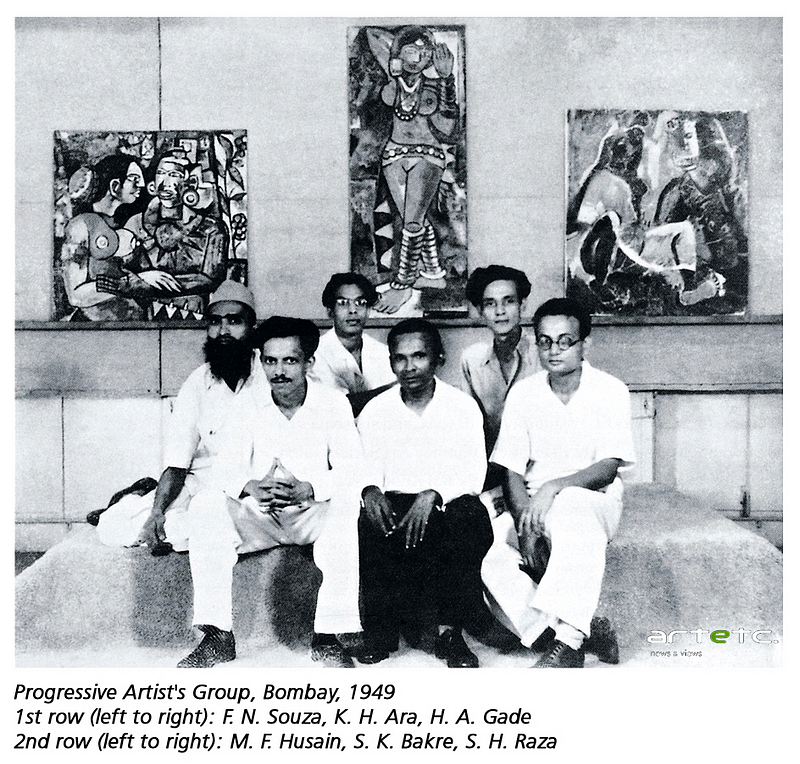
I spent the better half of 2018 exploring the work of the Progressive Artists’ Group, a set of experimental Indian artists who catalyzed the inception of modern and contemporary Indian art as we know the genre today. Tracing the artists’ trajectories across Bombay, our shared home city, enabled me to forge a new and distinctive relationship with both their art, and simultaneously, with the sprawling metropolis I grew up in.
The group, whose members are also known as the Bombay Progressives, was founded in1947 — the year of India’s independence — and sought to challenge the existing art establishment while attempting to forge a new Indian identity through the arts. Charged with a leftist, anti-establishment, and anti-colonial spirit that was still rather foreign to the newly formed subcontinent, what fascinates me most is how the group’s members grappled with evoking traditional Indian iconography and artistic traditions while acknowledging European cultural influences that pervaded over centuries. Emerging from these tensions is a plethora of experimental styles — line drawings, Impressionist, post-Impressionist, Cubist, and pure abstraction emerge as dominant systems in the Progressives’ visual exploration of socio-political transformations and aspirations.
Of the Progressives, I am particularly drawn to FN Souza’s radical exploration of sexuality and religion through bright, aggressive Expressionist techniques, which continue to raise questions on ritualistic practices and the tensions between the spiritual and the erotic, and how these are apprehended in the political arena even today. (I was drawn also to Souza’s art through Jeet Thayil’s fictitious 2012 novel Narcopolis, which proffers a reflection on a character much like the artist). Another personal favorite is SH Raza, and his almost psychedelic meditation on the bindu, which he perceived as the center of creation, challenging — and continuing to challenge — prevailing associations with the symbol through pure abstraction.

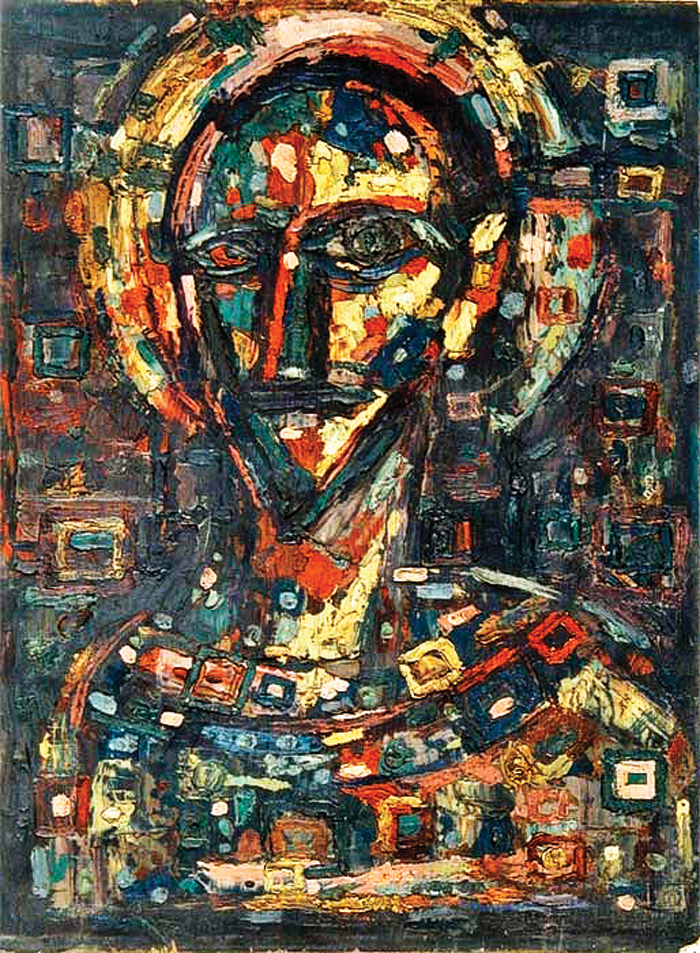
I find myself deeply affected by the Progressives’ art for two reasons: first, because of how very literally close to home their art is for me, and second, how they permeated a culturally conservative, nationalist, and politicized geographical area through purely graphic representation. The art’s continued social relevance and established presence in the international art world, definitely make it worth a look.
— Anoushka Mariwala ‘21

“One day the world will be an airport”, sings Damien Jurado in the opening of “Marvin Kaplan”, the eighth track of his 13th solo studio album, “The Horizon Just Laughed”, released on May 4, 2018. After more than two prolific decades of majestic music-making, this might be Jurado’s best work to date (at least in the ears of this embarrassingly softhearted listener).In 37 minutes of pure indie-folk greatness, the eleven tracks on “The Horizon Just Laughed” tell a story of the world seen, travelled and felt, from Seattle through South Texas to Brooklyn, by “a boy with raven hair and a crooked smile”.
Jurado’s rhetoric casts a wide net, but is far from tangled: his weary yet consistently crisp vocals knit a coherent panorama of fleeting observations, lingering feelings, and all the characters involved, with an unshakeable awareness of the difficulty of change. This album is another one of Jurado’s refreshing takes on the perspective of a contemplative observer, only this time with limited abstraction (especially compared to the elaborate psychedelic story of “Maraqopa”, his 2012 album), and more unfiltered, intimate autobiography (in interviews Jurado often addressed the challenges of an unstable childhood, where constant moving made boy Damien resort to music and TV for consistency).
The references in his lyrics, likely ununderstood by most listeners, serve as a testament to this infantile dependency on art and media to facilitate self-understanding and a sense of stability, with titles like “Dear Thomas Wolfe”, “Marvin Kaplan”, and numerous others sprinkled throughout the tracks. In spite of his preference for simple performance, Jurado’s lyrics are sophisticated: even in the seemingly straightforward tracks that, for the most part, describe a series of scenes and events, Jurado never fails to sneak in reflections and mature insights that resulted from a lifetime of soulful observation (the isolational potency of technology at the end of “Percy Faith”, the arbitrariness and importance of timing throughout “Cindy Lee”).
Stylistically, “The Horizon Just Laughed” is equally refined: beginning with the glimmering “Allocate” and its ethereal synth-piano and violin, through perfectly orchestral “Percy Faith” and simply finger-picked “Cindy Lee”, to the jazzy “Random Fearless” that reminds dearly of “Visions of Us on the Land” (Jurado’s album from 2016); Jurado keeps it sharp and without excess, always implementing the most fitting arrangement for each track (this is the first album Jurado has produced himself). The result is a masterpiece that simply demands a full listen, front-to-back. “The Horizon Just Laughed” perhaps compares well to a flip-book, a series of quick sketches that flow from and into one another, generating a coherent image of a man in search of connections.
To describe Damien Jurado as merely a talented musician would be unjustly reductive. Above all, he is a poet, a painter, an artist — whose music feels oddly Baudelaireian, with its modernist interest in the revelatory transient that entices pondering. Something about “The Horizon Just Laughed” upon every hearing evokes melancholy-infused thoughts about displacement and oddly important figures encountered on the road thus travelled, or at least the case is such for me. I’m not certain if this is because I find very few things more relatable than an awareness of the strangeness of movement, in time and the world, or because I shared my favorite track from the album with someone who is, in retrospect a Juradian character in my own life (albeit unknowingly and nonreciprocally) — but at the end, I don’t think that matters. What I’ll keep from the album, other than its aftertaste of effortless brilliance, is that “the clock is a murderer” — so spend your time wisely, listening to Damien Jurado.
— Bes Arnaout ‘20

2018 was revolutionary for me in terms of finding new artists and exploring genres, but among all the new music I listened to my favorite band from 2018 is the American dream-pop duo Beach House from Baltimore, Maryland. I first discovered the band back in February while waiting for my flight back to Portland in the Logan International Airport, but the band was initially formed in 2004. I had been listening to one of the computer-generated playlists of recommended songs, and suddenly the band’s hit single titled “Space Song” from their album Depression Cherry flooded my earbuds and hit me like a tab of acid.
The song begins with an ethereal techno-synth chord progression that sounds either like an ascension to heaven, or the slight sliver of an ever-increasing light halo in a solar eclipse that wraps around a planet or one of its moons as you move upwards and towards the light source. Then, the band gently fades in a steady yet lazy dry electro-beat that acts as the pulse or heartbeat of the song, before adding a sci-fi reminiscent series of ascending arpeggios and a slidey, luscious, electric guitar theme dripping with love and lust and heartbreak all at once.
As the song continues, the arpeggios cease and Victoria Legrand (lead vocalist) begins telling an obscure yet deeply emotional love story, singing with an androgynous, nostalgic, echoing voice. At certain moments, the electro arpeggios make well-timed reprises that send tingles down your spine in a music-orgasmic explosion of sensation. The song seems to pay homage to the stars and the expansive, infinite, indescribable feeling of love, and I believe that “Space Song” is a five-minute masterpiece of the band’s most ingenious creation.
I had the opportunity to see the band perform live in my hometown Portland the summer before I left for college, and even though I was seated in the back of the upper balcony, the experience was everything and more than I could have ever wished for. Some of my other favorite songs that they’ve produced: Chariot, Walk in the Park, Lemon Glow, Beyond Love, Lazuli, Wishes, Gila. My favorite album is probably Bloom, although 7 comes in a close second. Also, Kendrick Lamar sampled their song “Silver Soul” in his song “Money Trees,” and LiL PEEP went on to sample Lamar’s song (and therefore Beach House’s song) in his single “Downtown.”
— Cameron Lee ‘22
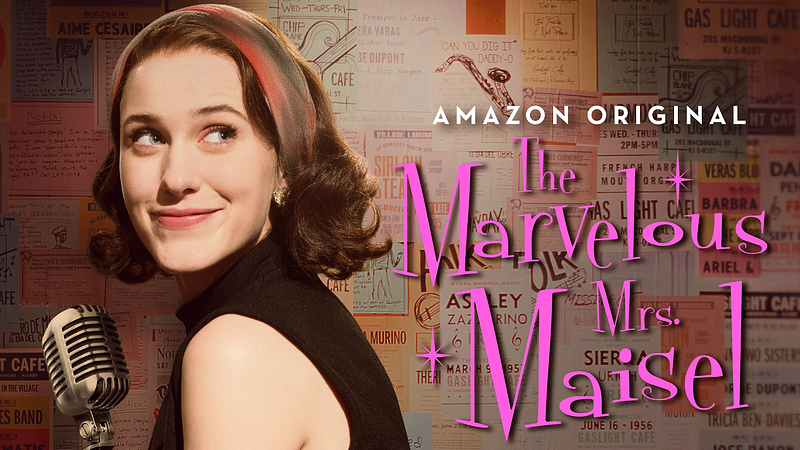
Yes, what I was loving this past year is something we all seem to be loving — The Marvelous Mrs. Maisel. Even my mother is now loving The Marvelous Mrs. Maisel, and she never watches TV, let alone TV hosted exclusively on Amazon Video. This spunky, headstrong Jewish housewife-turned-potential-divorcee-turned-stand-up-comic, together with her estranged husband and overbearing parents, has captured our attention, and rightly so in a time so desperate for something fun, feminine, and feminist all at once. Intricately designed period sets and costumes fill every scene with glamor, the whole series a breathtaking vision of ’50s New York, picture-perfect and popping with color. The faithful period soundtrack crowns the series’ vintage charm.
What’s fascinating about the show’s success, though, is that it is not at all without its issues. It is full of anachronisms, the overuse of the word “totally” not the least of them. Midge’s two young children are a complete afterthought, always foisted on her parents or her family maid while she spends all her time at her job, performing gigs in Greenwich Village, or even traveling to Paris. Midge’s diminutive manager, Susie, is clearly butch, but her backstory or feelings are never developed beyond what relates to Midge’s advancing career. And Midge does come off as “too good to be true,” though the “jokes” she performs in her spontaneous stand-up acts are mostly too real to have comic effect. Other characters often fawn over her when she, frankly, has not done much to deserve the attention.
Still, it is the characters who propel the series forward. Almost everyone in the series has something to learn — Midge, primarily, but also her husband Joel, her mother Rose, and her father Abe (played by Tony Shalhoub, one of the highlights of the series). And it is amazing how each one changes. Midge learns to live her dream as an independent person, but she also confronts her own callousness toward others. Meanwhile, Joel works out his failures as a husband, father, and son to his own parents. In short, he grows up. Even Rose and Abe have to navigate their changing relationship with their daughter and each other.
When they get it wrong, we root for them anyway. When they get it right, though, almost nothing on TV right now is as satisfying. You’ll be sure to find me catching up on Season 2 this Intersession.
— Julia Walton ’21

I spent a good deal of time last year translating the poems of Catullus. Going through his poetry, the common (but incorrect) conception of the works of classical authors as inherently high-brow seemed more and more silly; Catullus was very clever and often quite obscene, but never snobby. It becomes hard to argue that Catullus’ works are pretentious when he begins pontificating on napkin-stealing, urine, and bad breath.
Catullus was primarily an invective poet, meaning that most of his poetry was intended to ridicule a victim of his choice, so it is somewhat odd that he is best known for his love poetry — most of which are addressed to a “Lesbia” (the name comes from the Greek island Lesbos, home to the poet Sappho, one of Catullus’ poetic models; the woman herself is speculated to have been Clodia Pulchra). You may have heard of a few of these poems, even if you are not a classicist; the ancient poet’s desire for “a thousand kisses” and his torn self as he “hate[d] and love[d]” are engraved into our cultural memory.
Despite this, Catullus was by no means a love poet. When viewed in the context of his corpus, these lovely longing things are nearly crowded out by his witty but undeniably indecent insult poems, including one so dirty translators refused to render it into English until the 20th century. I found, though, that this context only made his rare moments of beauty and tenderness — Catullus’ farewell to his brother, his condolences to a bereaved friend, and, of course, his delicate and passionate declarations of love — shine more brightly. Perhaps it says more about us, and our capacity for picking out stars in a blanket of darkness, than it does about Catullus that these are the moments we chose to remember.
— Mina Yu ’22
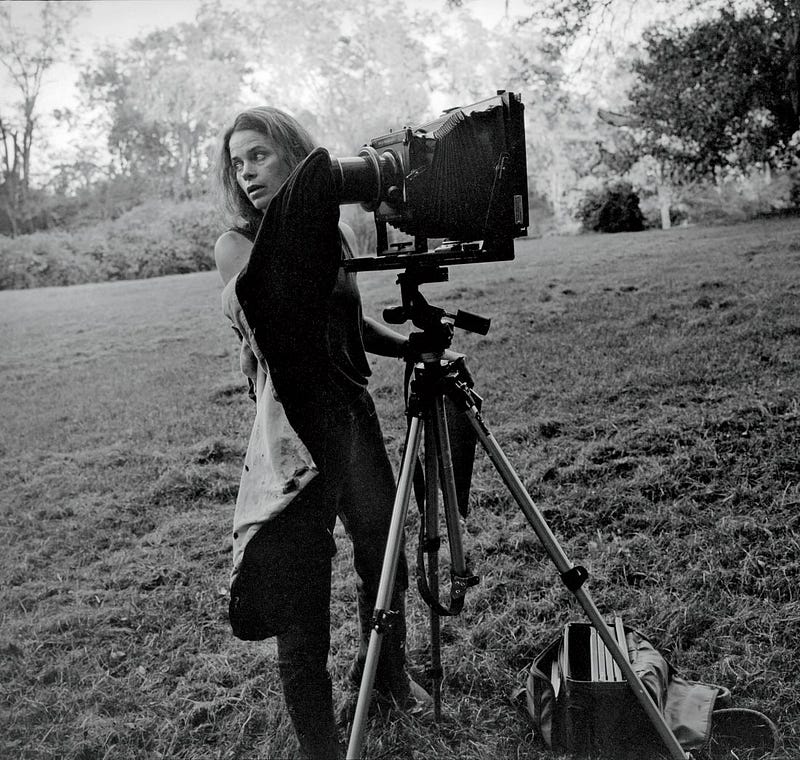
When she looks at the Virginia mountains, which loom “darker than night,” Sally Mann doesn’t just see beauty, she also sees the past and the future, and so she sees “beauty tinged with sadness,” which the Japanese call mono no aware. As Mann writes in her memoir Hold Still, for her, “… there cannot be any real beauty without the indolic whiff of decay,” and so she sees the skeletons, too, when looking at the mountains — the shattered ones beneath her feet from the Civil War, and the whole ones beneath the flesh of passersby. The eventual deaths of the people around her are as visible as their current life. She writes, “For me, living is the same thing as dying, and loving is the same thing as losing, and this does not make me a madwoman; I believe it can make me better at living, and better at loving, and, just possibly, better at seeing.”
Sure, I’ve wondered what it must be like to be a white woman before, but until I read Mann’s Hold Still, I never realized just how curious I was to learn about, specifically, the life of a truly Southern (rides horses and farms), pridefully “American” (descendant from the Mayflower people), pretty (modeled, many boyfriends, and married young), and unbearably white (grew up with a Black nanny in the 60s, and her ancestors owned slaves) woman — all titles that Mann self-declares in her wonderfully uncomfortable book. Although controversial for publishing photographs of her naked children, Mann is nevertheless a breathtaking photographer, and she integrates dozens of her own rich images to elevate Hold Still. The photos are often as stunningly revealing as her writing.
Mann was transparent about her family’s history, and herself, and so I trusted her storytelling. In fact, I began to like her. By the end of the book, I had respect for her. Just as she sees the world with mono no aware vision, she looks internally with a mono no aware lens too. She skillfully identifies the skeletons in her family’s messy history, including her own life, and unapologetically digs them up for a personal reckoning that she invites readers to witness.
— Priya Vulchi ’22
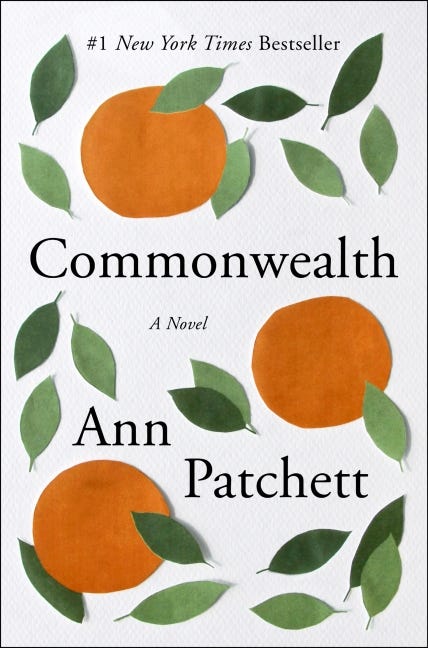
Commonwealth (2016), by Ann Patchett, begins at the christening of Franny, the daughter of Beverly and Fix Keating, a young couple living in Los Angeles in the sixties. By all accounts, it is a perfect day. But as the afternoon devolves into a gin-spiked orange juice haze, something happens: Bert Cousins, a co-worker of Fix’s who comes to the party uninvited, kisses Beverly, beginning an affair that eventually leads to their marriage and a move across the country to Virginia (the “Commonwealth”). What follows (or, in Commonwealth’s non-linear style, what surrounds) is a tale of grief, reconciliation, guilt, heartbreak, love, survival, and forgiveness.
The marriage of Bert and Beverly brings their totaled six children (Franny and her sister, and Bert’s four children) together each summer in Virginia, where they spend their days forging friendships in union against their parents, who they all seem to recognize have done something irreparable to their young lives. But one summer afternoon, tragedy creeps quietly into their story. And from here, the children grow up, eventually becoming adults who must confront who they are and who they should be for one another.
Commonwealth meditates on how stories are constructed, and with what at their center. It is hard to tell what moment sits at the center of Commonwealth, or if the novel is simply constructed just a little off center from the start. Do the novel’s opening pages offer a false moment of fracture? Is the central trauma elsewhere? Does it matter?
As I neared the end of the novel, I was surprised to find myself crying. There is a lonesomeness to Commonwealth that is amplified by the feeling of things being just a little off-kilter. As the novel gains momentum, it creates the odd sense that if everything could or should be reversed back to the beginning (but where, really, is the beginning?), maybe it could all be stopped, suffering averted. But, as the characters and readers both know, there is no way to undo what has already been done. The only thing to do is simply keep going.
— Chaya Holch ’22
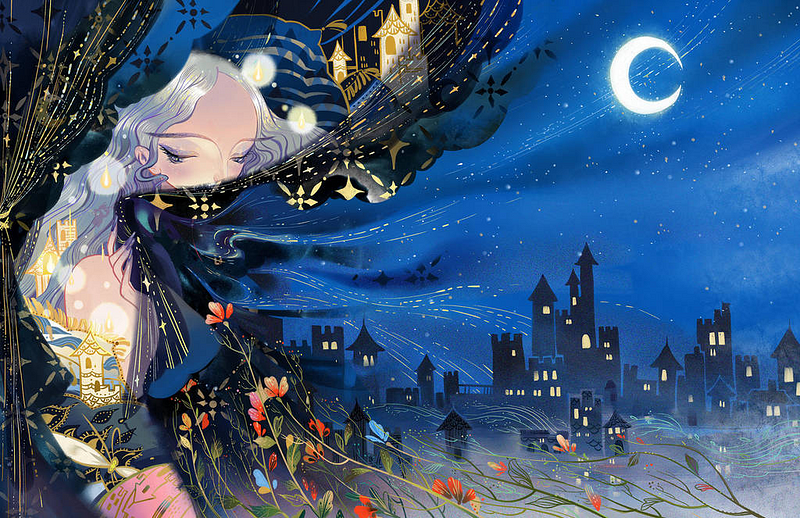
Kuri Huang is a freelance digital artist with a wonderful fantastical style. Her images are densely packed with details and rich in color, lending them an air of surrealism, and the use of thin, bright, curving lines gives her work the effect of shimmering silk patterns, embroidered with gold and silver. She incorporates plenty of floral motifs, along with long tresses, lush foliage, water currents, marine life, clouds, and butterfly wings. Her compositions have a natural flow and movement that guides the eye, no matter how busy the pictures become, with their arcs and waves.
Many of her drawings are paired with fairy tales and other stories — her portfolio includes works based on Alice in Wonderland, King Arthur, The Little Mermaid, and the other Andersen tales, along with operas such as Madama Butterfly, The Magic Flute, and Turandot. Her personal projects follow in the same vein: “Stray Birds” is a series of magical scenes paired with small quote snippets, while “The Fountain of Fair Fortune” is an illustrated storybook. All of her work features a dreamlike atmosphere along with bombastic swirling scenery and brilliant color palettes, with layers and layers of patterns and shapes that are built up like a papercraft collage. Her art is eye-catching at a glance and enjoyable under close scrutiny as well, as you catch more and more of the smaller details.
You can find samples of her artwork at her deviantART (KibiQeQ), Instagram (kuri_huang), and Behance accounts (kurihuang), as well as her personal website (kurihuang.com).
— Sydney Peng ’22
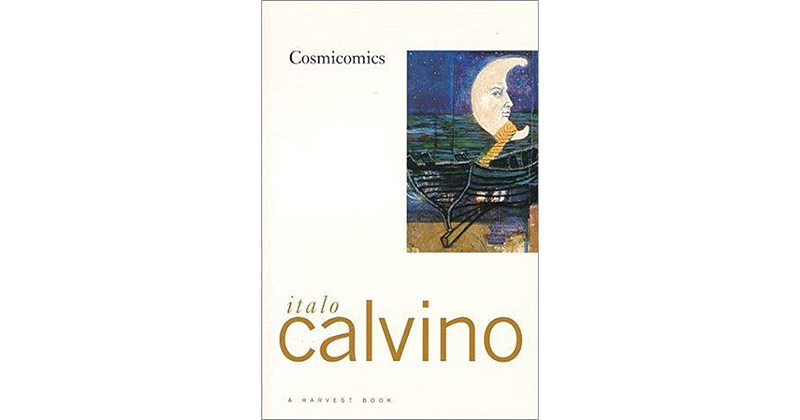
Before reading Italo Calvino’s Cosmicomics I would not have even imagined what it would mean to personify physics, the creation of the universe, and the creation of the Earth. In a series of 12 short stories Calvino’s narrator (who, in all but two of the short stories, is named Qfwfq), takes the audience through some scientific idea described in a short epigraph at the beginning. Inserting humanity into every aspect of the universe, Qfwfq collects milk from the moon, struggles to keep his family together as the Earth solidifies, competes with his friend Pfwfp by playing with atoms and riding galaxies, is a land animal ashamed of his aquatic uncle, the last dinosaur left on Earth, and more.
Qfwfq is utterly human. He falls in love again and again, often losing the woman to the scientific idea itself. Mrs. Vhd Vhd in “Distance to the Moon” chooses to stay on the moon even as it drifts too far away from Earth to travel between them. When the atmosphere was formed and light could finally create colors, Ayl in “Without Colors” chooses to remain under the Earth in the dark rather than live on the surface. In these stories the scientific ideas are a source of realistic, human anguish for Qfwfq as the universe changes. In other stories such as “Game Without End,” and “How Much Shall We Bet?” the scientific ideas are the result of Qfwfq’s boredom. Calvino personifies these ideas by grounding them in a personal struggle for Qfwfq.
Qfwfq’s name resembles the equation Q=W=Q, which is the first law of thermodynamics, that energy, in essence, cannot be created or destroyed. Qfwfq is there in the universe just as energy is, and he cannot do anything but change form, change stories.
Cosmicomics was a joy to read, a beautiful interpretation of this immense and awe-inspiring universe.
— Kate Kaplan ’22
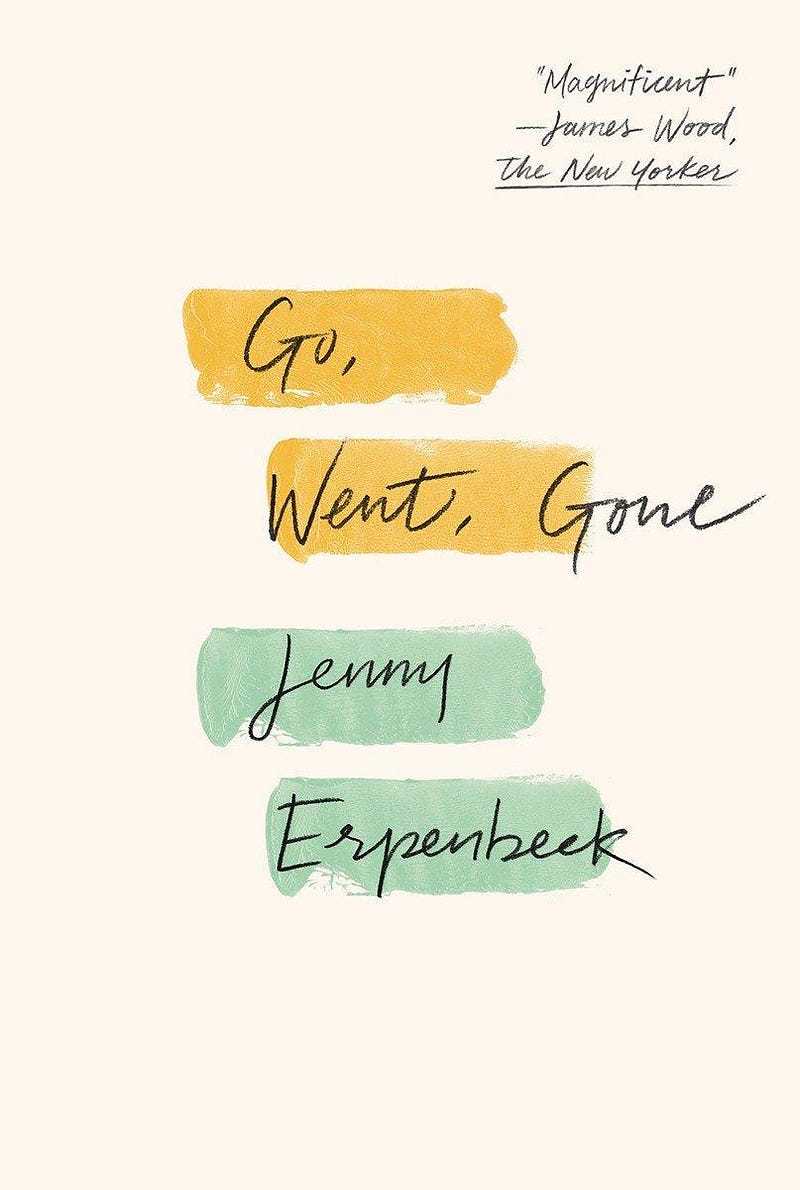
Jenny Erpenbeck’s novel, Go, Went, Gone (2017), has been heralded — and lauded — as a timely exploration of European political realities. Focused on the relationships between a retired German professor and several African refugees, Erpenbeck is clear that she wants to be read that way: More than five million migrants have sought asylum in the European Union since 2008, and Germany has been the most popular final destination. The novel is a rumination on law and its power, of memory and its accessibility, and, most of all, of an empathy that, whether or not it is morally obligated, Erpenbeck paints as nearly inevitable.
The novel, translated by Susan Bernofsky, begins with the vaguely disgruntled retirement of Richard, a scholar of classics. “What’s he going to do with the thoughts still thinking away inside his head?” asks the narrator on the first page. “He’s had his share of success. And now?” We are thus primed for the lyricism of Richard’s moral awakening, which happens early in the novel: Richard is suddenly becomes able to see refugees on a hunger strike who hold up a sign that reads, “We become visible.” The book follows Richard’s exploration of this ability to see. He meets and hears from African refugees, learning their stories and learning how to empathize. Erpenbeck’s minimalist prose, the story told in an unreflective present tense, lends the narrative Hemingway’s pristine, ineffable heartbreak through understatement, only with more immediate political content.
Richard, who lives alone and no longer has a job but is of sound, analytical mind, is the perfect candidate to notice, to research, to try to understand the current political reality. He is also uniquely situated, as a professor of classics, to put this latest political development in Europe in conversation with ancient texts that are the basis of the Western canon. In this way, Richard is able to welcome Africans not just into his city and into his home but also to locate them in his intellectual tradition.
The novel’s clear moral trajectory is certainly didactic in that it has an ethical message: The book falls squarely onto the side of those who say that literature can be and should be politically persuasive. But it manages not to be too patronizing too often, relying on its linguistic minimalism and a protagonist in a retired professor, contemplative by definition, to maintain a tone of conversation rather than instruction.
— Tess Solomon ’21
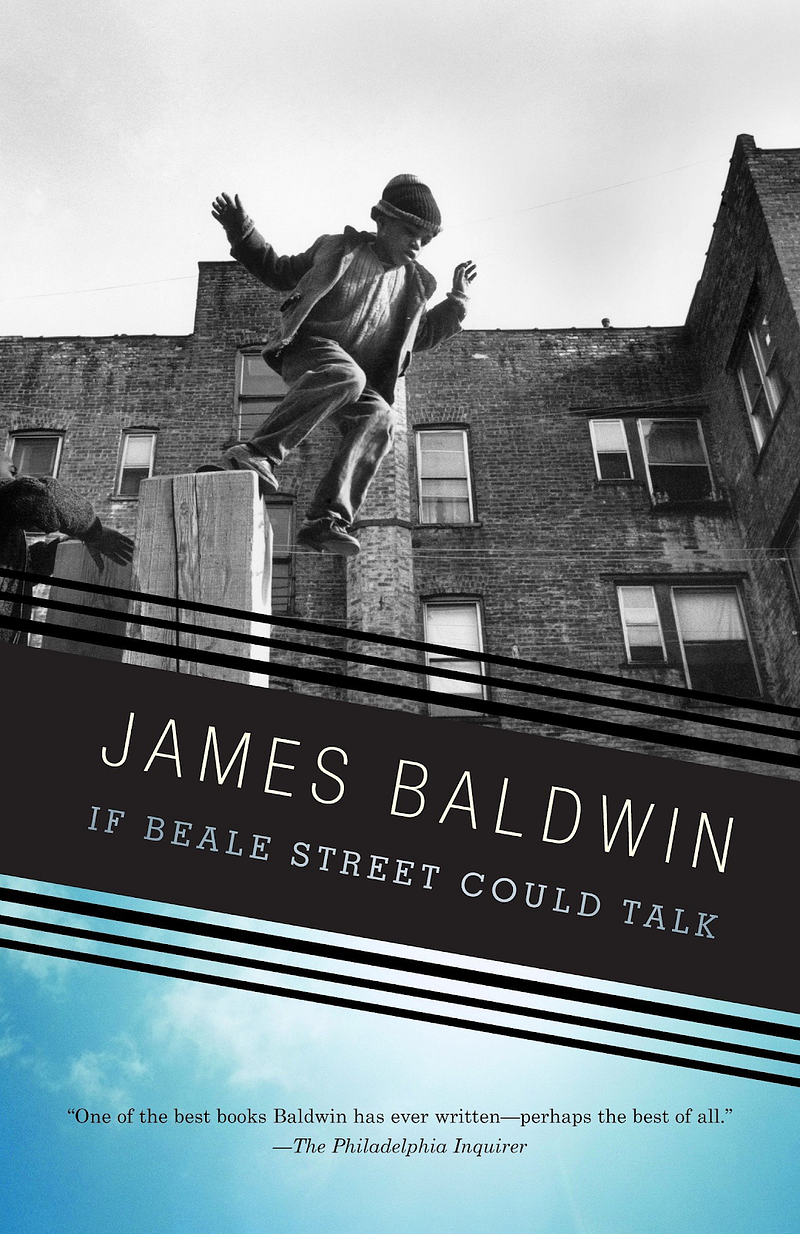
In anticipation for Barry Jenkins’s motion-picture If Beale Street Could Talk (2018), I picked up my own copy of James Baldwin’s 1974 novel by the same name. Baldwin’s novel follows Tish, a young and pregnant black woman, as she navigates her tumultuous life striving to absolve Fonny, her fiancé, who, at the beginning of the novel, is imprisoned after he is wrongly accused for a crime he did not commit. The stakes are high, and unsurprisingly, Baldwin’s prose is rich, poetic, and heartfelt as he meditates on notions of love, faith, delay, and time. Baldwin crafts characters whose wants, desires, and dreams drive the narrative, leaving readers to push through the novel in hopes that they will be fulfilled — if only briefly; ultimately, they are never actualized, which is, sadly enough, both expected and gutting. While Baldwin presents the lowest of circumstances for a young, black couple on the cusp of adulthood and marital union, optimism still prevails, conveyed through Tish’s unborn child. It is only through Tish’s and Fonny’s unfortunate realities and circumstances that radical futures emerge.
— Rasheeda Saka ’20

What makes a family? What are the bonds beyond genetics that tie together individuals otherwise disparate? This is the central question of Hirozaku Kore-eda’s Shoplifters, a domestic drama about a family on the margins of Japanese society. Living in their grandmother Hatsue’s shack-like home, we meet Osamu, a middle aged construction worker with a knack for theft; Nobuyo, his partner, a kind woman who works at an industrial laundry; Aki, employed at a peep show; and Shota, Osamu’s pre-teen partner in crime. The relationships between these individuals are murky at first, at times more transactional than intimate, and each of their plots diverges into gratuitously satisfying glimpses of their separate identities. We see Aki develop an emotional relationship with one of her clients under the pink lights of a brothel, Hatsue’s lingering financial dependence on her dead ex-husband’s family, and hints — in the form of scars — at the abusive history of newcomer Yuri, a toddler who the family rescues and nurtures.
The kidnapping of Yuri might make Shoplifters sound like a thriller, but it is squarely a domestic drama, delicately portraying poverty and crime as elements of daily life. Yuri is quickly integrated into the family, and Kore-Eta’s shots of Yuri and her adoptive mother Nobuyo are particularly tender: they bathe together and compare the scars on their arms; Nobuyo tries to teach Yuri that “this” — a tearful, long hug — is what a parent does if she loves you.
Each sub-narrative in Shoplifters can be read as struggle for money or intimacy, two intertwined currencies of attachment. When Aki asks Osamu how he is connected to Nobuyo he answers “money, normally.” This is a family-cum-enterprise struggling to survive on menial jobs and Hatsue’s pension, yet Shoplifters is moreso about the muddled emotional ties that make this collection of characters a family. We get to savor beautiful shots of the characters’ picaresque adventures: Seven heads peak out of the awning of their home to stare at a dark sky and listen to unseen fireworks. Osamu and Shota chase each other in a dark parking lot, their multi-colored coats darting in the shadows. Nobuyo and Osamu slurp noodles lasciviously and leave them dripping on the table before a sex scene. The Shibata’s life on the margins — sans institutions like school or work — becomes a normal, visually compelling world, and one begins to stop questioning the ethics of this precarious lifestyle just as it topples.
Shoplifters is gentle and disturbing, confusing and heartwarming. The earnestness of its criminal characters within their tight-knit family explains why and how this family is connected. Their marginality forces dependence that concludes devastatingly, though I found the final exposé too cursory to be an effective tell-all. Savor Kore-Eda’s vignettes and be prepared for an unusual portrait — both fantastical and realistic — of the family bond.
— Simone Wallk ’21